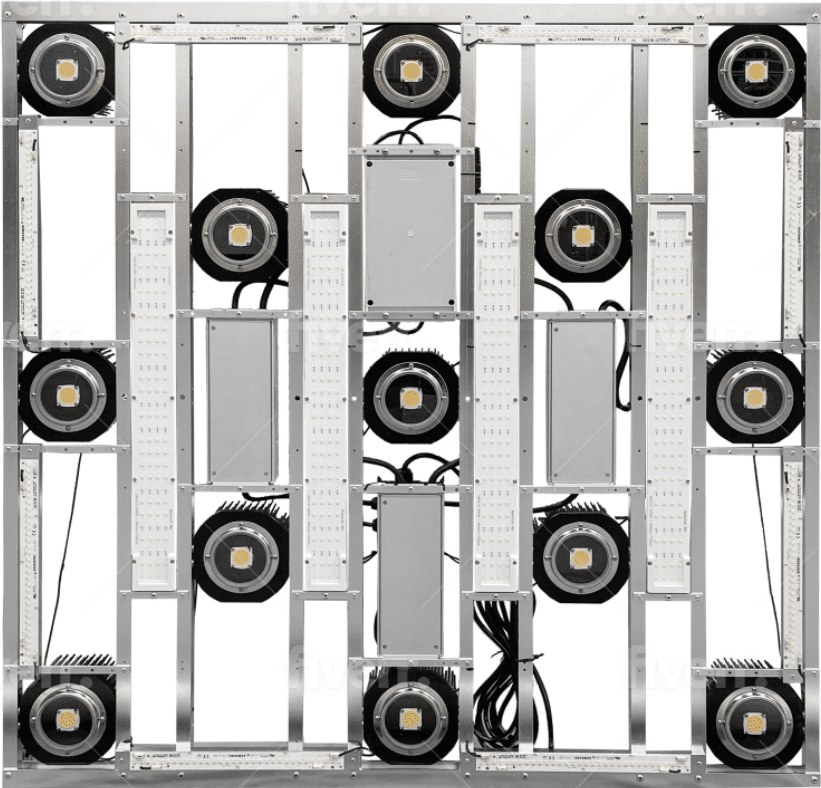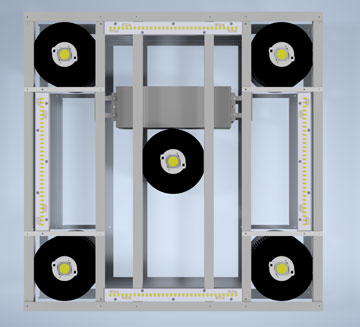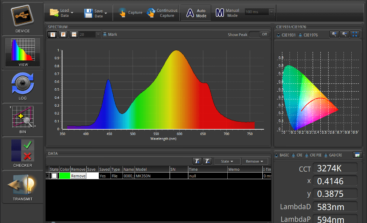-
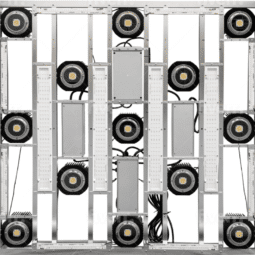
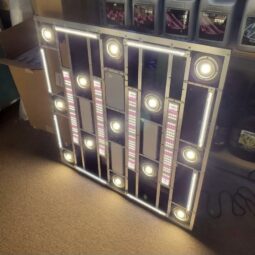
Synergy Series: [Elite]
$2,200.00 -
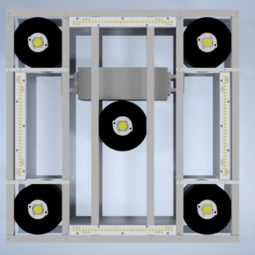
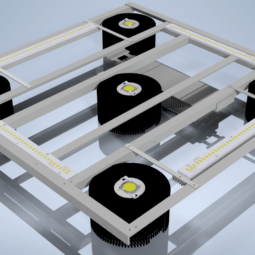
Synergy Series: [Mini]
$950.00
Products & Performance
What Sets Us Apart
Radiometric Uniformity
Evenly distributed photon output on an unparalleled level.
Spectral Optimization
Excellently configured diodes to produce the optimal spectrum.
$50 Rebate
$50 Money back for anyone who completes a grow journal on our forum.
Affordable Shipping
We take a loss on shipping to ensure your investment goes as far as possible.
Community
Collaborate with like-minded people to improve your operations in a censorship free environment.
Patented Product Line
We Host The Only Patented Product Line In The World For LED Lighting Arrays For Horticultural Applications.
Patented Product Line
![]()
Producing Unparalleled Photon Distribution
RADIOMETRIC UNIFORMITY

We have developed a patented variance measurement algorithm which generates 2D and 3D illustrations that enable you to clearly see the significant improvement our lighting arrays offer over competitors in uniformly saturating a given area with photosynthetically active radiation (PAR). Click the button above to learn more about this process.
If the PPFD is spatially uniform at an appropriate level in a plant canopy regardless of the canopy's depth, the net photosynthetic rate of the whole plant canopy should increase significantly, and the decrease in net photosynthetic capacity of lower leaves due to their senescence may be prevented (Zhang et al., 2015; Joshi et al., 2017).
A uniform light environment in a plant canopy has the following effects:
(1) Geometrical relationships between the source (photosynthesizing parts) and sink (accumulating parts of translocated carbohydrates) of plants are changed; (2) All leaves of a plant canopy relatively equally act as producers of carbohydrates; (3) Senescence of lower leaves
due to low PPFD is suppressed; and (4) Phytohormone balances in individual plants are changed. (Kozai, 2022).
References:
Joshi, J., Zhang, G., Shen, S., Supaibulwatana, K., Watanabe, C., Yamori, W., 2017. A combination of downward lighting and supplemental upward lighting improves plant growth in a closed plant factory with artificial lighting.
Hortscience 52 (6), 831-835. https://doi.org/10.21273/HORTSCI11822-17
Kozai, T., 2022. Role and characteristics of PFALs.
Plant Factory Basics, Applications and Advances, 46. Academic Press.
![]()
90CRI White-Based LED + 660nm Red +730nm Infrared LEDs
Spectrometry

*Spectrometry report produced by MK350 Spectrometer
A lesser known fact is that in high DLI crops such as Cannabis, effects of the light spectrum are significantly reduced.
Studies in greenhouses and indoor growing facilities have shown that the effects of the light spectrum are more pronounced when plants are grown under a low DLI than a higher one. Under a high DLI (at least 10 mol×m–2×d–1), plant responses to low temperature, photoperiod and light quality often decrease. (Runkle, 2021)
Essentially this means that when the grow light intensity is stronger, DLI is higher, and spectral benefits wear off as DLI increases past 10 mol×m–2×d–1.
Since Cannabis thrives under 45-55 mol×m–2×d–1 DLI, uniformly saturating a given area with photosynthetic photons is of utmost importance. This is why our LED solution for horticulture focuses on optimizing radiometric uniformity rather than tweaking the light spectrum to find perfect "light recipes". Many companies advertise that they've found perfect light recipes for high DLI crops such as Cannabis, but the latest research in Plant Factories With Artificial Lighting (PFAL) has found that light spectrum is actually of minimal importance once target DLI has been reached.
Our arrays are comprised of 3000K 90CRI Samsung COB LEDs, 3000K 80CRI Samsung LED Strips, and 3000K 80CRI Samsung LM301H + 660nm 80CRI Epistar Red + 730nm 80CRI Epistar Infrared Custom LED Modules. The light spectrum produced by this LED chip configuration offers everything a plant needs to flourish and thrive.
References:
Runkle, E., 2021. "Hidden" benefits of supplemental lighting.
Greenhouse Product News, 42. https://gpnmag.com/article/hidden-benefits-of-supplemental-lighting/
Latest News
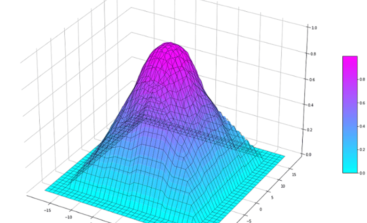
7
SepDefining PPFD
Algorithm for Measuring the Efficacy of Lighting Arrays To generate 3-Dimensional […]

